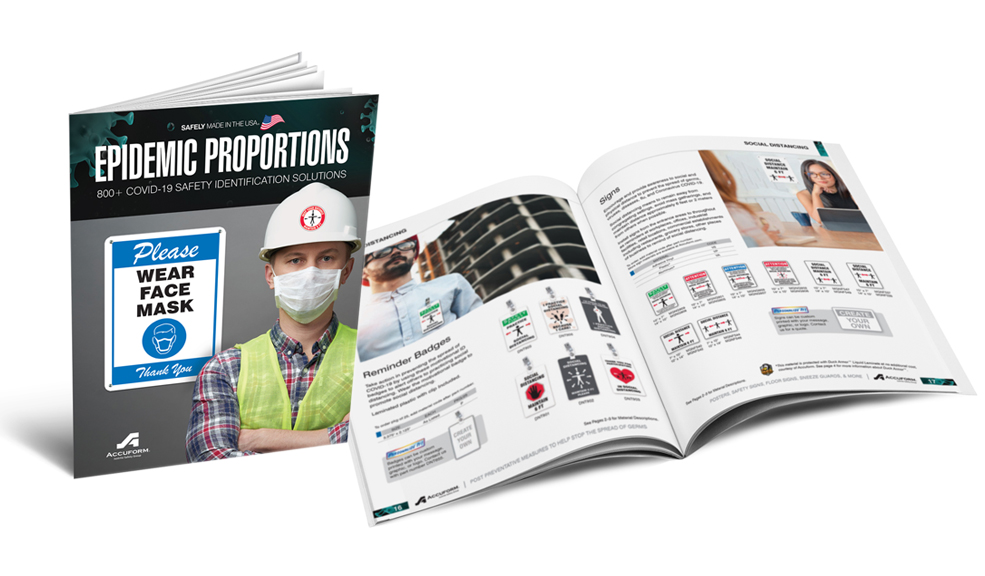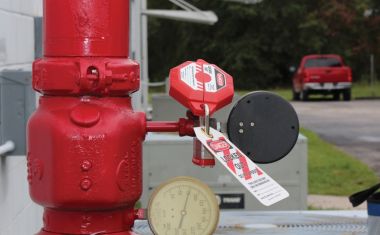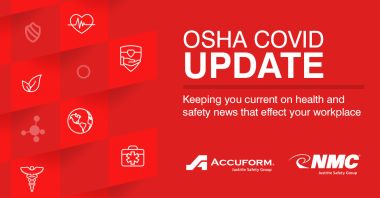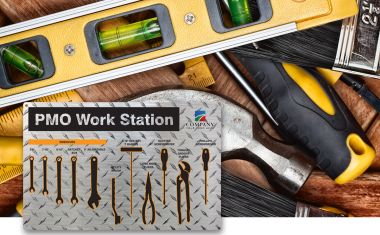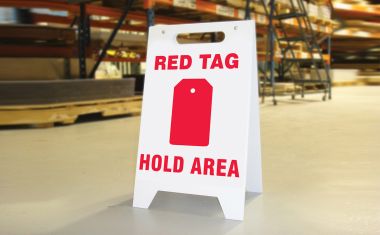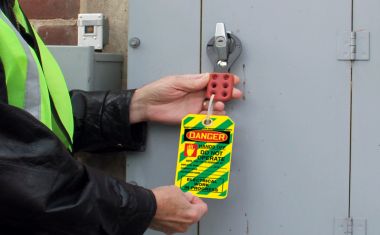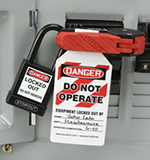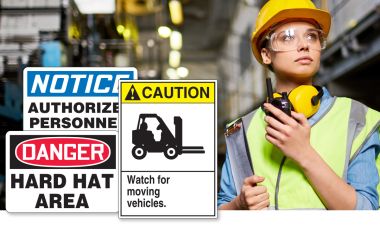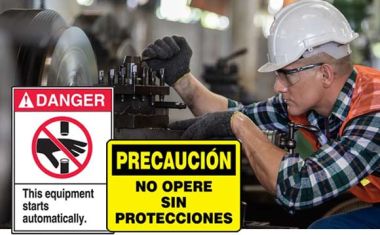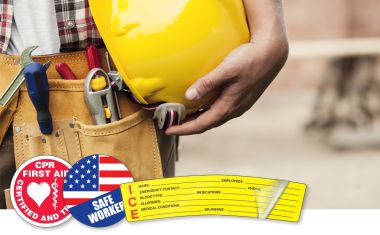5 Issues Facing Hospitality Industries Emerging From COVID-19
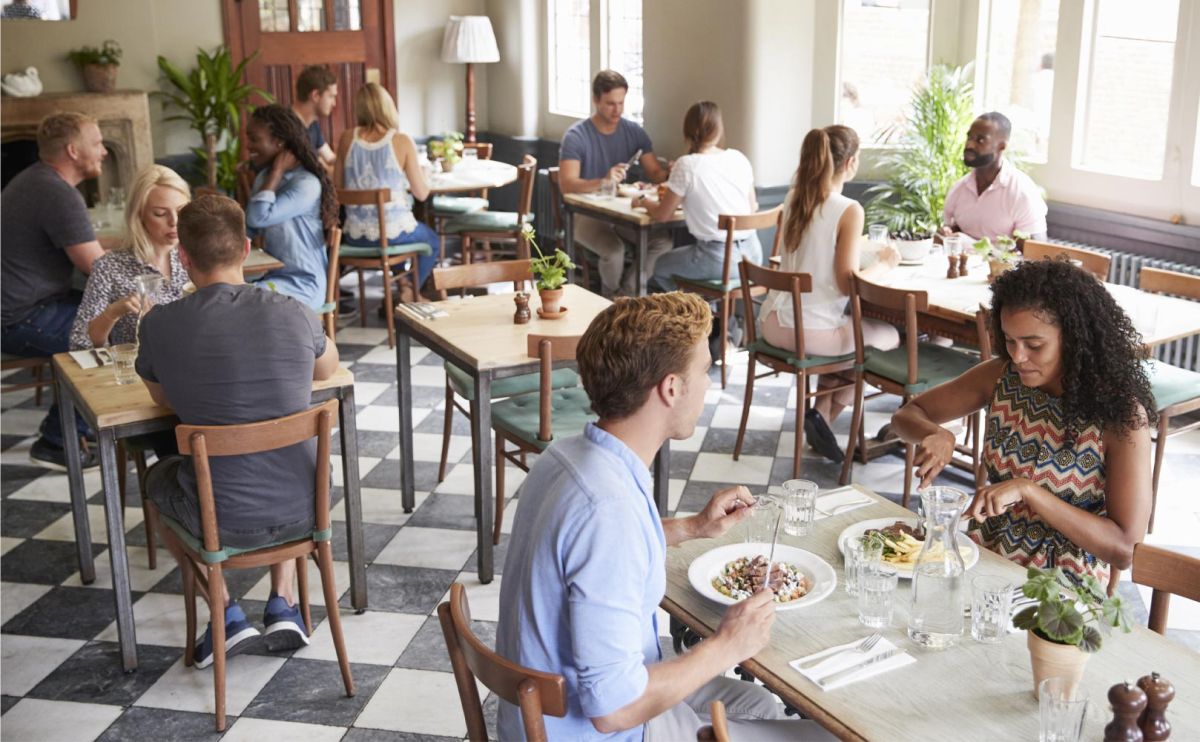
The coronavirus doesn't discriminate, but that doesn't mean it is entirely fair. The effects of the COVID-19 pandemic and our efforts to slow or stop its progress have had an adverse impact on the American economy. The need for social distancing and limiting our exposure has meant that people aren't spending money like they used to.
The hospitality industry was hit harder than any other. Travel practically stopped, meaning airlines and hotels sat empty. Restaurants and bars had to scramble to try to develop curbside service to stay afloat. Moves, concerts, or amusement parks? Forget it.
But now we're starting to see the light at the end of the tunnel, and it's time for the hospitality industry to ramp up again slowly. Here are the challenges facing five hospitality industry segments as they try to reopen to the public.
1. Lodging
Hotels and motels are bleeding money. As of July 30, half of all available hotel rooms were sitting empty, and the lodging industry was on pace to lose as much as $400 million in room revenue every day. Yikes.
As America slowly opens up again, what do hotels, motels, and other lodging businesses need to do to make sure their guests feel safe?
You have to step up the cleaning regimen, both in the rooms and in common areas. You'll want to post this information on your website and signs in your hotel to ensure that your guests are doing all you can to keep a clean and safe environment.
Promote social distancing by marking spots on the floor where people may stand in line and rearrange tables and chairs. If you need to, mark specific tables or chairs as "closed" to keep the effect's social distancing standards.
Make usage of face masks mandatory for employees and encourage guests to wear them in all common areas. Have hand sanitizing stations available and easy-to-find throughout the property.
It's not enough to keep things clean and sanitized. You must post signs and information to comfort your guests and let them know what steps you are taking to provide a safe environment.
2. Travel/Transportation
While the idea of being cooped up in an airplane with 100 or more other people may seem like a pandemic nightmare, the CDC says that air circulation and filtration on airplanes makes it quite tricky for most viruses to spread. But, travel isn't just about being on a plane. It will help if you get your passenger to their seat, which means lines at check-in, security checkpoints, and waiting areas. This goes for airlines, busses, trains, and most other forms of transportation as well.
All of the standard rules apply. Ensure that guests know to wear masks, mark out the spacing for social distancing in lines, and rearrange or close-off furniture to appropriate social distance.
Have a plan in place for passengers who appear to fall ill while traveling. Create a quarantine area where you can keep them away from other passengers until they can be taken home or to a medical facility.
3. Restaurants and Bars
What makes bars and restaurants so challenging to manage during this time? First of all, you're talking about a place where people eat and drink, which means they pick up menus and put forks, spoons, and glassware on their lips. Risky, right?
Add that together with people sitting in groups for an extended period, the need for wait staff to talk to them repeatedly and frequently used restrooms, and you have a lot to consider.
Here are some of the most important things to keep in mind:
- Common touchpoints - think door handles, chair backs, menus, and railings. These things need to be repeatedly disinfected throughout the day. It may be worth the expense to print disposable menus to avoid the need to clean and reuse them.
- Bathrooms - Besides just keeping them clean and sanitized, it's essential to keep them well stocked with soap, towels, and toilet paper.
- The kitchen - Proper hygienic procedures in the kitchen have never been more critical. Know the guidelines and then painstakingly follow them.
- Social distancing - You may need to remove tables or chairs in your service area and your waiting room. Place markings on the floor to help customers in line visualize the six-foot rule.
- Ventilation - When possible, leave doors or windows open to allow airflow. Utilize whatever indoor air ventilation system you have to its fullest potential. Encourage outdoor seating if plausible.
Remember, it's all about making your customers feel safe and comfortable in your establishment. Use signage to inform your customers of all the steps you are taking to keep them safe and train your staff to answer any questions. You want your guests to sleep well.
4. Entertainment Venues
Remember when you used to leave the house just for fun? Heading out to a concert or ballgame or even just a movie was a simple way to enjoy life a little. Now, the idea of a large crowd gathered together for two or more hours sounds impossible.
It's not impossible, but it won't be easy. Large crowds come with some definite obstacles such as:
- Social Distancing - Throughout the venue, there needs to be a plan in place for concessions from lines to get into seating. Mark out spots on floors to keep people six feet apart in lines and only fill enough seats to allow for social distancing. That may mean operating at 50% or less capacity.
- Touchpoints - Every door handle, railing, seat, and countertop can collect and spread viruses. Clean, clean, clean!
- Hygiene - Make it easy for people to clean their hands by keeping bathrooms well-stocked with soap and towels. Hand sanitizer stations are a great idea as well.
- Masks - People may not want to wear their masks while cheering on their favorite team or singing along to a band, but it needs to happen. It helps establish the masking protocol before buying their tickets by promoting it online and on social media. Signage at the entryway to the event reinforces the message.
5. Amusement Parks and Zoos
It's okay to have fun outside during a pandemic. Yes and no. Being outside dramatically reduces the risk of spreading the virus, but that doesn't mean you can let your guard down. Places like amusement parks and zoos face a lot of the same risks at other entertainment venues.
Railings and countertops and seats for rides are all touchpoints that require constant cleaning and disinfecting. Staff should clean rental strollers thoroughly between customers.
Restrooms need to be stocked and cleaned regularly. Close down some stalls if necessary to maintain social distancing.
Again, people trying to enjoy the fun at an amusement park or zoo may not feel that a mask is needed, but follow CDC guidelines and post reminders throughout the park. Train staff to handle people who don't want to wear masks in a kind and understanding way.
Hospitality Needs to Get it Right.
The term "hospitality" is defined as "the friendly and generous reception and entertainment of guests, visitors, or strangers" by dictionary.com. In other words, it is an industry that relies on making guests feel happy, welcome, and safe.
As we start to move towards the "new normal," it is essential to get the hospitality industry up and running again. But, to make it work, it needs to be as vigilant, or even more so than other industries trying to get back to business.
